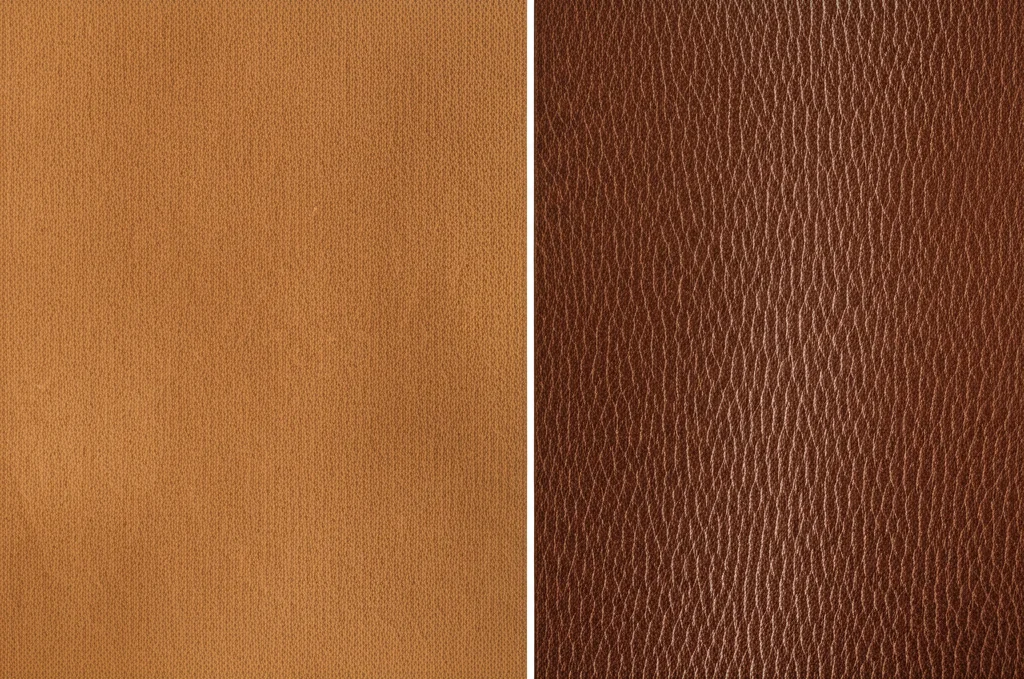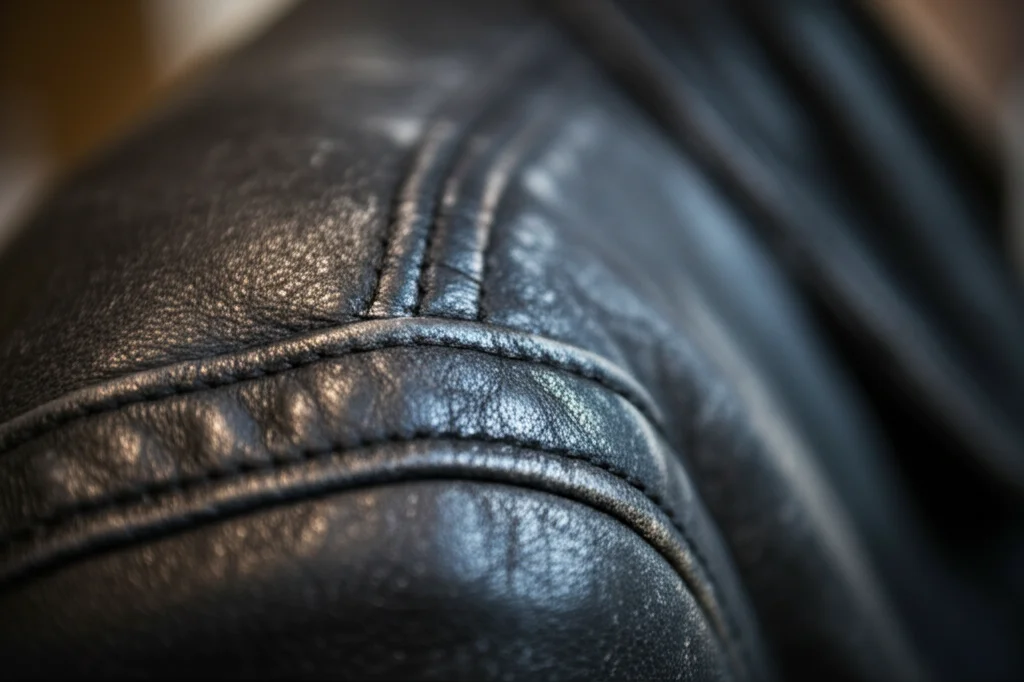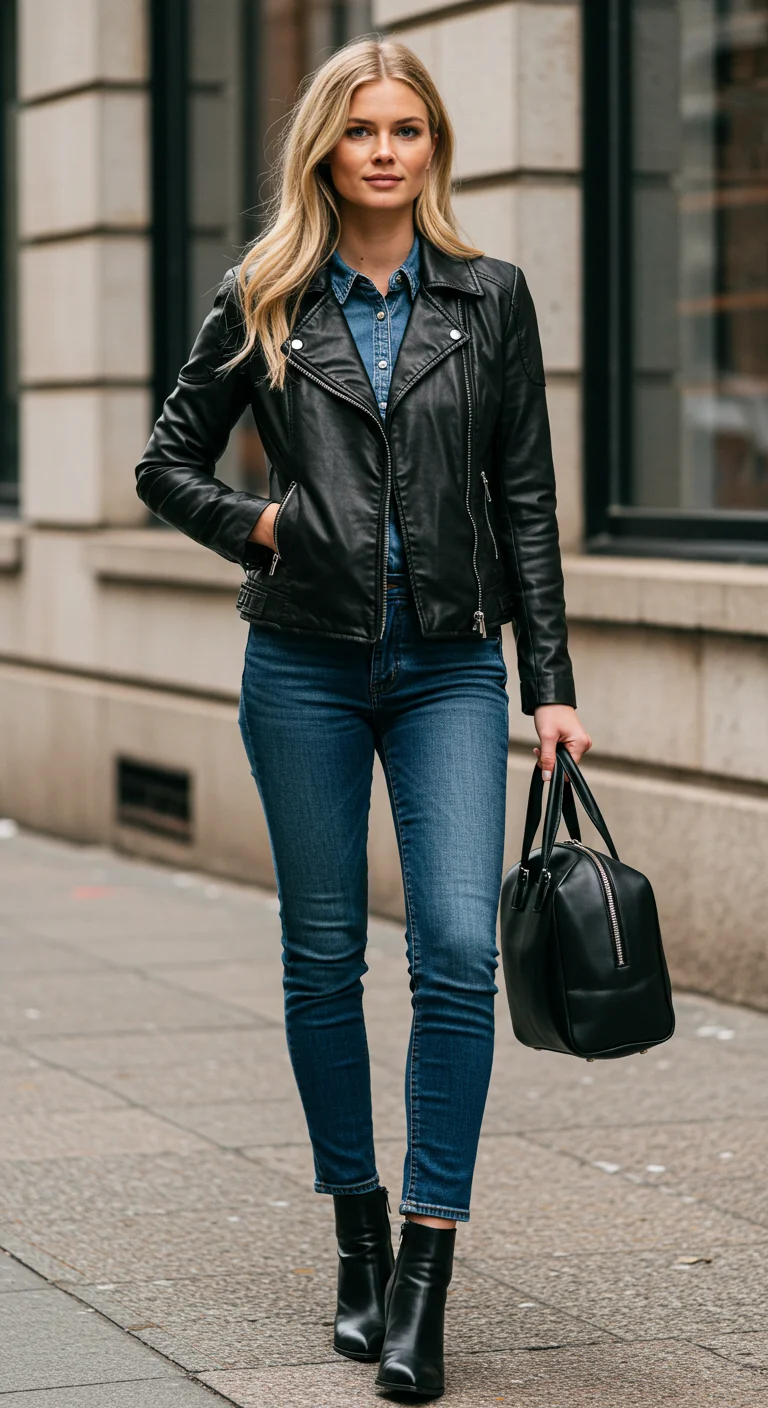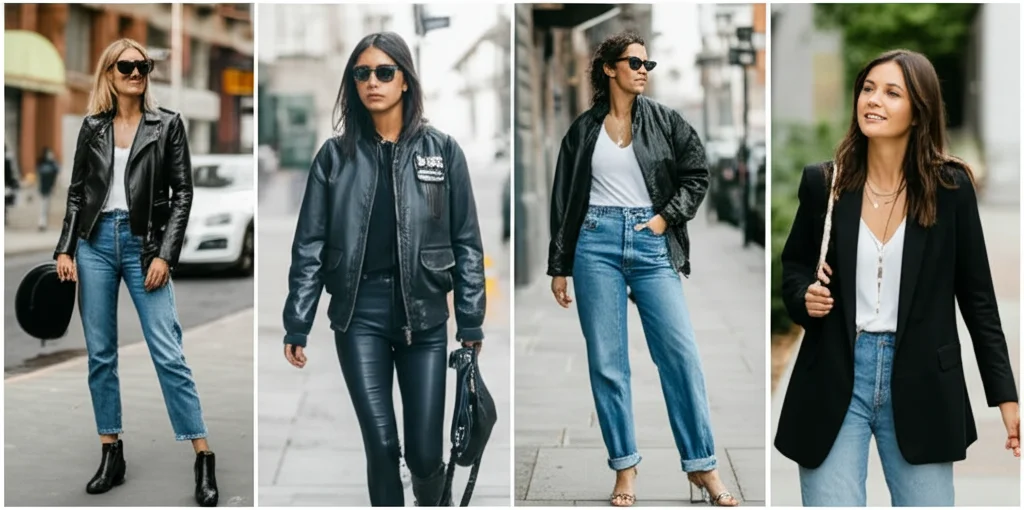Investing Wisely: An Expert's Guide to Finding the Best Leather Jacket for You



A truly great leather jacket isn't just clothing; it's an investment. It's a piece that molds to your body, tells stories through its patina, and stays relevant season after season. But making that wise investment requires understanding what separates a fleeting trend from a lifelong companion. With decades of experience working with leather, I want to guide you through finding the leather jacket for you, one built to last and love.
Ready to find a jacket that feels like it was made just for you and will stand the test of time? Let's dive into the details that matter, from the feel of the hide to the precision of the stitching.
Decoding Leather Quality: More Than Just a Label
The heart of any leather jacket is, naturally, the leather itself. Understanding the different grades and types is crucial for assessing quality and longevity.
Understanding Leather Grades
Not all leather is created equal. You'll often hear terms like "full-grain," "top-grain," and "genuine leather." Here's what they mean for your jacket:
- Full-Grain: This is the highest quality leather, taken from the outermost layer of the hide. It retains the natural grain, imperfections, and inherent toughness. Full-grain leather develops a beautiful patina over time and is extremely durable. It's the gold standard for a jacket meant to last decades.
- Top-Grain: The second highest quality, top-grain leather has the very top layer sanded or buffed to remove imperfections. This makes it smoother and more uniform than full-grain, but slightly less durable as the strongest fibers are removed. It's still a good quality option.
- Genuine Leather (and Split Leather): This term can be misleading. "Genuine leather" often refers to lower quality leather made from the inner layers (split leather) after the top layers have been removed for higher grade products. It might be treated or bonded to resemble higher quality leather but lacks the durability and natural character. Be cautious with jackets solely labeled "genuine leather" if longevity is your goal.

Common Leather Types for Jackets
Beyond the grade, the animal hide source impacts the jacket's feel, look, and performance:
- Cowhide: Very durable, tough, and offers excellent protection. It can be stiff initially but breaks in beautifully. Often used for classic biker and moto jackets.
- Lambskin: Incredibly soft, supple, and lightweight. It offers a luxurious feel but is more delicate than cowhide. Ideal for more fashionable or less rugged styles.
- Goatskin: Offers a good balance between cowhide's durability and lambskin's softness. It has a distinctive pebble grain and is quite resilient.
- Sheepskin (with Shearling): This includes the wool attached to the hide, creating a warm, cozy lining. Often seen in bomber or aviator jackets.
Expert Tip: Gently run your hand over the leather. High quality leather often feels substantial, maybe buttery (lambskin) or sturdy (cowhide), but rarely plasticky or overly stiff without any give. Smell it too, real leather has a distinct, rich scent, unlike the chemical smell of some faux leathers or heavily treated low grade hides.
Jacket Construction: The Unseen Details That Matter
A jacket made from great leather can still disappoint if poorly constructed. Look closely at these elements:
Stitching and Seams
Inspect the stitching along the seams, pockets, and collar. Quality jackets feature:
- High stitch density: More stitches per inch generally mean stronger seams.
- Even and straight stitching: Look for consistent, neat lines without loose threads or skipped stitches.
- Reinforced stress points: Areas like pocket corners or underarms might have extra stitching (bar tacks) for durability.

Lining
The lining affects comfort and longevity. A good lining (often silk, Bemberg, rayon, or durable cotton blends) should feel smooth, be well stitched without pulling, and allow for easy movement. Cheaper jackets often use flimsy polyester linings that tear easily.
Hardware: Zippers, Snaps, and Buckles
Hardware should feel substantial and operate smoothly. Look for:
- Quality zippers: Brands like YKK are often a sign of quality. Zippers should glide smoothly without catching.
- Solid snaps and buckles: They should feel sturdy, not thin or cheap. Test the snaps to ensure they close securely.
Expert Tip: Check the inside of the jacket too. Look for clean finishing, properly attached linings, and any signs of shortcuts like raw edges or messy stitching hidden away.
Finding the Perfect Fit: Beyond Just Size
A leather jacket should feel like a second skin, comfortable yet flattering. Fit is paramount, and it goes beyond just the labeled size (S, M, L). Consider these key areas:
- Shoulders: The shoulder seam should sit right at the edge of your shoulder bone. Too wide, and it looks sloppy; too narrow, and it restricts movement.
- Chest and Body: You should be able to comfortably zip the jacket up over a light layer (like a t-shirt or thin sweater) without it feeling tight or pulling. There should be enough room for movement, but it shouldn't billow.
- Sleeves: Sleeves should hit around the wrist bone or slightly longer, allowing for comfortable reach without riding up too much. They shouldn't be overly baggy or uncomfortably tight in the biceps.
- Length: Jacket length depends on the style (cropped, waist length, hip length). Ensure the length is flattering for your proportions and suits the intended look.

Expert Tip: Try the jacket on and move around. Raise your arms, reach forward, sit down. Does it feel restrictive? Does it bunch awkwardly? The right fit allows for movement while maintaining its shape. Remember, leather will stretch and mold slightly to your body over time, especially in areas like the elbows, but it won't magically grow a size bigger. Start with a fit that's comfortably snug.
Choosing a Style That Transcends Trends
While trends come and go, certain leather jacket styles possess timeless appeal. Investing in a classic silhouette ensures your jacket remains stylish for years. Consider these iconic types:
- The Biker/Moto Jacket: Asymmetrical zipper, wide lapels, often belted. Edgy, iconic, and versatile.
- The Racer Jacket: Minimalist style, centered zipper, often a banded collar with a snap. Sleek and streamlined.
- The Bomber Jacket: Ribbed cuffs and hem, front zipper, typically a looser fit. Casual and comfortable.
- The Leather Blazer: Tailored like a traditional blazer but in leather. Polished and sophisticated, works for smart casual or even some office settings.
Think about your personal style and wardrobe needs. Which silhouette complements your existing clothes? Which one feels most "you"? While a trendy cut might be tempting, a classic style offers far more long term value.

Making the Investment
A high quality, handcrafted leather jacket is undeniably an investment, with prices reflecting the superior materials and meticulous labor involved. Don't let sticker shock deter you if you've found a piece that ticks all the boxes for quality, fit, and style.
Think of it this way: a well chosen leather jacket can be worn hundreds, if not thousands, of times over many years, potentially bringing the cost per wear down significantly compared to cheaper, disposable fashion items. It's about buying better, not necessarily more.
Armed with this knowledge, you can now approach your search with confidence. Take your time, examine the details, trust your instincts, and invest in a leather jacket that you'll cherish not just for a season, but for a lifetime.
What factors do you prioritize when looking for a quality garment? Share your thoughts in the comments below!
(Optional: If you're ready to learn how to care for your investment, check out our upcoming guide on leather jacket care!)
Subscribe to our Newsletter
Get the latest posts and updates delivered straight to your inbox.